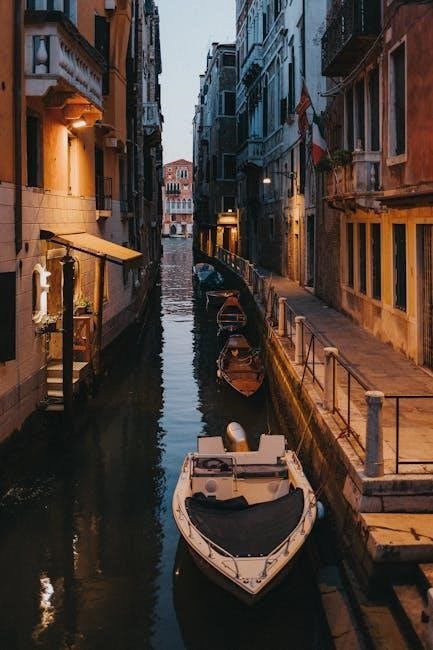Discover the serene beauty and cultural richness of Mt. Kurama with guided tours, offering insights into its historical significance, scenic trails, and hidden gems for an unforgettable experience.
Overview of Mt. Kurama and Its Significance
Mt. Kurama, located near Kyoto, is a serene destination known for its natural beauty and cultural heritage. It is a lesser-crowded gem offering scenic views and a peaceful atmosphere. The mountain holds spiritual significance, being home to Kurama-dera Temple, a historic Buddhist site. Its proximity to Kyoto makes it an ideal day-trip destination for those seeking nature, history, and tranquility. The area is perfect for hiking and exploring Japan’s rich cultural landscape.
Why Choose a Guided Tour?
A guided tour of Mt. Kurama offers expert knowledge, ensuring a deeper understanding of its cultural and historical significance. Guides provide insights into hidden gems, such as lesser-known trails and temples, enhancing the overall experience. They also manage logistics, allowing visitors to focus on enjoying the serene landscapes and unique spiritual atmosphere. This approach maximizes time and enriches the journey, making it ideal for both first-time visitors and seasoned travelers seeking a memorable adventure.
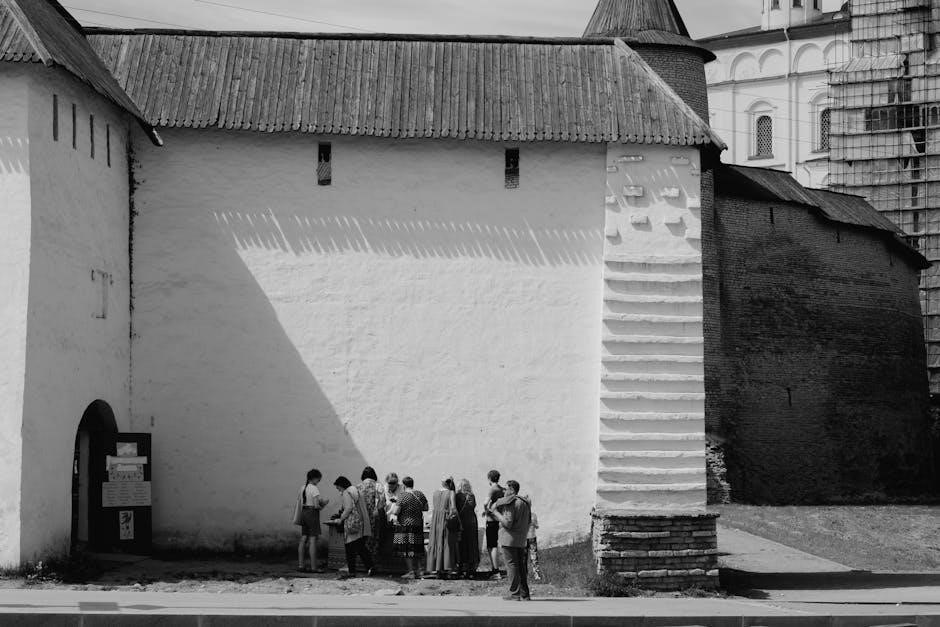
Cultural and Historical Significance of Mt. Kurama
Mt; Kurama is a sacred site steeped in history and spirituality, offering a glimpse into Japan’s rich cultural heritage through its temples and serene natural beauty.
Historical Background and Buddhist Influence
Mt. Kurama, a sacred mountain in Japan, holds deep historical and spiritual significance, particularly in Buddhism. It is believed to be the birthplace of Reiki and a site for spiritual enlightenment. The mountain has been a focal point for Buddhist practices and pilgrimages for centuries, with its serene environment fostering meditation and introspection. Temples like Kurama-dera are central to its heritage, offering a glimpse into Japan’s rich religious history and its enduring influence on local culture.
Notable Temples and Landmarks
Mt. Kurama is home to the iconic Kurama-dera Temple, a historic Buddhist site perched on the mountain. The temple is renowned for its stunning architecture and spiritual ambiance. Visitors can also explore the nearby Kibune Shrine, nestled in a lush forest. The area features scenic hiking trails, waterfalls, and traditional tea houses, creating a picturesque setting that blends spirituality with natural beauty, making it a must-visit destination for both pilgrims and nature enthusiasts.
Pros and Cons of Guided Tours vs. Self-Guided Explorations
Guided tours offer expert insights and convenience, while self-guided explorations provide flexibility and personal pacing. Choose based on your preference for structured learning or independent adventure.
Advantages of Hiring a Professional Guide
Hiring a professional guide enhances your Mt. Kurama experience with expert insights, ensuring you discover hidden gems and understand the mountain’s cultural and historical significance. Guides handle logistics, saving time and reducing stress, while offering personalized attention and local tips. Their knowledge ensures you explore safely and efficiently, making your tour memorable and enriching, especially for those seeking a deeper connection with the area’s unique heritage and natural beauty.
Flexibility and Freedom of Self-Guided Tours
Self-guided tours offer the freedom to explore Mt. Kurama at your own pace, allowing you to linger at scenic spots or skip less interesting areas. Without a fixed schedule, you can create a personalized itinerary, immersing yourself in the natural beauty and cultural sites that resonate most with you, making for a uniquely tailored and independent adventure that suits your preferences perfectly.
Logistics and Planning for Mt. Kurama Visits
Plan your visit with considerations for seasonal timing, transportation options, and essential preparations to ensure a smooth and enjoyable exploration of Mt. Kurama’s natural and cultural wonders.
Best Times to Visit and Seasonal Considerations
Mt. Kurama is stunning year-round, with autumn foliage in October-November, vibrant cherry blossoms in spring, and serene winter landscapes. Summer offers lush greenery and hiking opportunities. Plan visits according to seasonal weather conditions, avoiding heavy rain for optimal trails. Guided tours often adjust to seasonal highlights, ensuring visitors experience the mountain’s unique beauty and cultural significance during their preferred time of travel.
Transportation Options to and Around Mt. Kurama
Reaching Mt. Kurama is convenient via train or bus from nearby cities like Kyoto. The Eizan Railway connects to Kurama Onsen Station, a short walk to the mountain’s base. Buses from Kyoto and Osaka also offer direct routes. Guided tours often include transportation, ensuring a hassle-free experience. For added convenience, taxis and car rentals are available, while some tours offer private transfers, catering to diverse traveler needs and preferences.
Hiking Trails and Scenic Routes on Mt. Kurama
Explore Mt. Kurama’s diverse trails, offering stunning views, serene forests, and scenic streams. Trails range from easy strolls to challenging climbs, catering to all skill levels and preferences.
Popular Hiking Trails and Their Features
Mt. Kurama offers several well-known trails, each with unique charm. The Kurama-dera Temple Trail is a favorite, winding through lush forests and offering breathtaking views. Another popular route is the Tengu Trail, known for its steep inclines and panoramic vistas. Hikers can also explore the Kibune River Trail, which combines scenic river views with tranquil forest paths. Each trail caters to different skill levels, making Mt. Kurama accessible to both casual walkers and experienced hikers.
Difficulty Levels and Recommended Paths
Mt. Kurama’s trails vary in difficulty, catering to both novice and experienced hikers. The Kurama-dera Temple Trail is moderately challenging, featuring historical sites. For experienced hikers, the Tengu Trail offers steep climbs and panoramic views. The Kibune River Trail is ideal for families, with gentle slopes and scenic river views. Guided tours can help navigate these paths, ensuring a safe and enjoyable experience for all skill levels. Each trail offers unique scenery, making Mt. Kurama a versatile destination for outdoor enthusiasts.
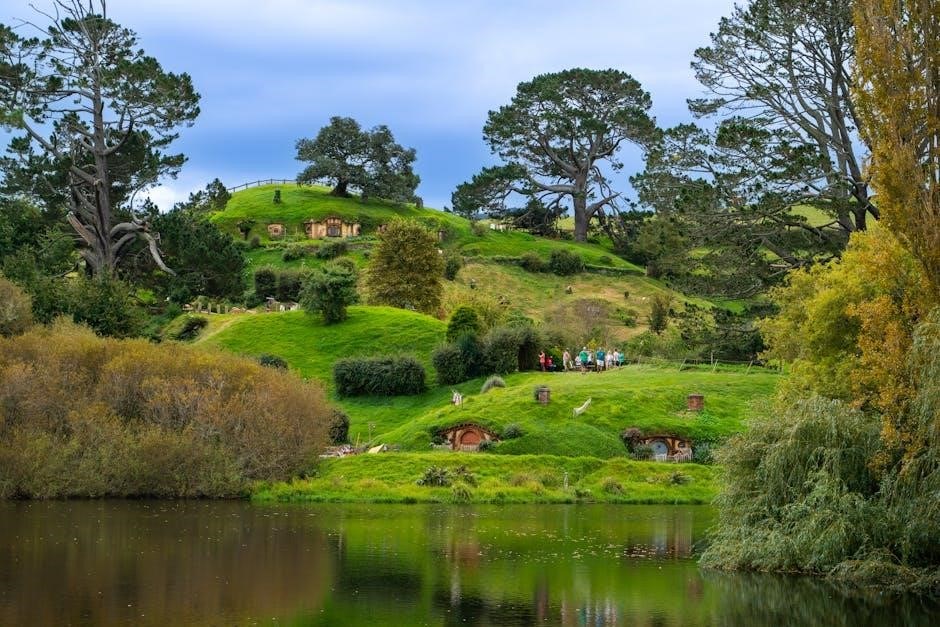
Unique Experiences and Activities on Mt. Kurama
Explore cultural workshops, scenic hiking trails, and historic temples. Discover hidden waterfalls and serene forests, offering a mix of nature, spirituality, and adventure for all visitors.
Cultural Workshops and Local Engagements
Immerse yourself in Mt. Kurama’s rich culture through traditional workshops. Participate in tea ceremonies, calligraphy, and martial arts. Engage with locals during craft-making sessions or cooking classes.
These hands-on experiences offer a deeper connection to the region’s heritage and community. Visitors can also join seasonal festivals, creating unforgettable memories. These interactions allow you to take home not only skills but also a sense of belonging to Mt. Kurama’s vibrant culture.
Hidden Gems and Less-Traveled Spots
Explore Mt. Kurama’s lesser-known treasures with guided tours, revealing secluded waterfalls, ancient stone carvings, and secret temples.
These off-the-beaten-path locations offer tranquility and a glimpse into the mountain’s untouched beauty. Guides often share local legends and stories, enriching the experience. Venturing into these hidden areas provides a unique, authentic connection to Mt. Kurama’s natural and spiritual essence, making your journey even more memorable and inspiring.
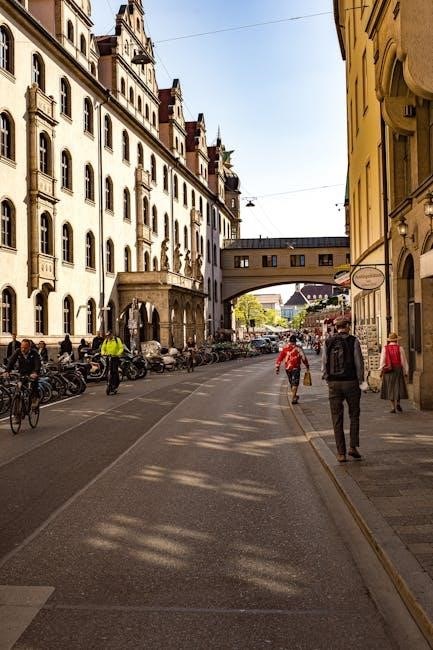
What to Bring and Prepare For
Pack essentials like comfortable hiking shoes, water, snacks, and a map. Bring a camera for scenic views and layers for varying weather conditions during your tour.
Essential Items for a Comfortable Tour
Ensure a smooth experience by bringing sturdy hiking shoes, breathable clothing, and layers for varying weather. Carry a reusable water bottle, snacks, and a lightweight backpack. Don’t forget a map, GPS device, or smartphone with a GPS app. Pack a small first-aid kit, sun protection, and insect repellent. For added comfort, include trekking poles if needed. Bring a camera to capture stunning views and memories of your journey.
Special Gear for Hiking and Photography
For hiking, consider lightweight trekking poles and waterproof hiking boots with good traction. A compact rain jacket and moisture-wicking clothes are ideal for varying conditions. Photography enthusiasts should bring a DSLR or mirrorless camera with a wide-angle lens, tripod, and extra batteries. Don’t forget a portable charger, memory cards, and a lens cleaning kit. A waterproof bag or backpack ensures your gear stays protected during the adventure.
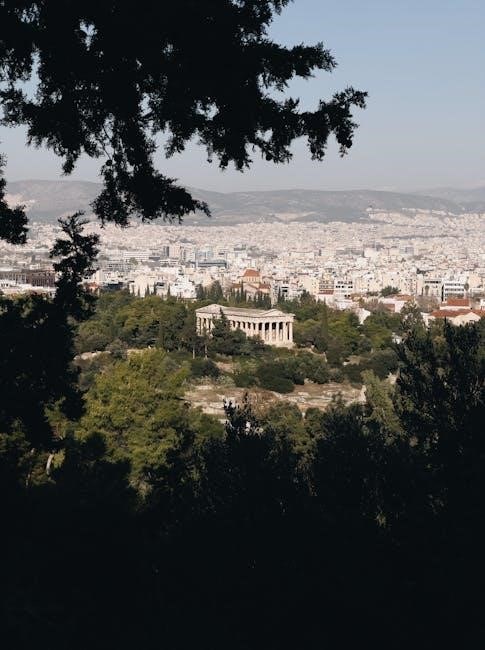
Safety Tips and Precautions
Check weather forecasts before hiking, wear sturdy footwear, and carry essentials like water, snacks, and a first-aid kit. Bring a map or GPS for navigation and stay alert for uneven terrain to avoid accidents.
Weather and Terrain Considerations
Always check the weather forecast before your trip, as Mt. Kurama can experience sudden rain showers. Wear sturdy, waterproof footwear to handle muddy or slippery paths. The mountain’s terrain includes steep inclines and uneven ground, so proper hiking gear is essential. Be prepared for varying conditions, including fog, which can reduce visibility. Seasonal changes may bring ice in winter or extreme heat in summer, requiring extra caution and appropriate clothing.
Emergency Procedures and Contact Information
In case of an emergency, carry a first-aid kit and a fully charged phone. Know the location of the nearest ranger station or help point. Contact local authorities at 110 for police or 119 for fire/ambulance services. Stay visible and informed about weather conditions. Guides often provide emergency contact information. Always inform someone about your hiking plans and estimated return time for added safety.
Accommodation Options Near Mt. Kurama
Choose from traditional ryokans, modern hotels, or guesthouses near Mt. Kurama. Stay in nearby Kyoto or Kurashiki for convenience, blending comfort with cultural immersion experiences.
Local Lodging and Traditional Stays
Experience authentic Japanese hospitality at traditional ryokans or guesthouses near Mt. Kurama. These accommodations offer a serene atmosphere, blending natural beauty with cultural charm. Many options are nestled in scenic villages, providing easy access to hiking trails and historic temples. Enjoy traditional meals, tatami floors, and peaceful gardens, creating a memorable stay that connects you to the region’s heritage and natural splendor.
Day Trip Options from Nearby Cities
Conveniently located near Kyoto and Osaka, Mt. Kurama offers ideal day trip opportunities. Visitors can easily access the mountain via train or bus, making it a great option for those staying in nearby cities. Guided tours often include round-trip transportation, allowing travelers to explore the area’s temples, trails, and scenic views without the need for an overnight stay, providing flexibility and convenience for a memorable day excursion.
Budgeting and Cost Considerations
Plan your visit with budget-friendly options, considering entrance fees, guided tour costs, and additional expenses for food, transportation, and gear. Prices vary, so research in advance to manage costs effectively.
Entrance Fees and Tour Costs
Entrance fees for Mt. Kurama vary depending on the season and trails. Guided tours typically range from ¥2,000 to ¥5,000 per person, offering insights and convenience. Additional costs may include transportation, food, and optional activities like cultural workshops or equipment rentals. Budgeting ahead ensures a smooth experience, allowing you to enjoy the mountain’s beauty without financial stress.
Additional Expenses and Budget Tips
Beyond entrance fees, budget for transportation, meals, and optional activities like cultural workshops. Food and souvenirs can add ¥1,000-¥2,000 per person daily. Consider packing snacks to save costs.
Opt for free walking tours or group discounts to reduce expenses. Booking accommodations in nearby towns may also lower overall costs, ensuring a balanced and enjoyable trip.
